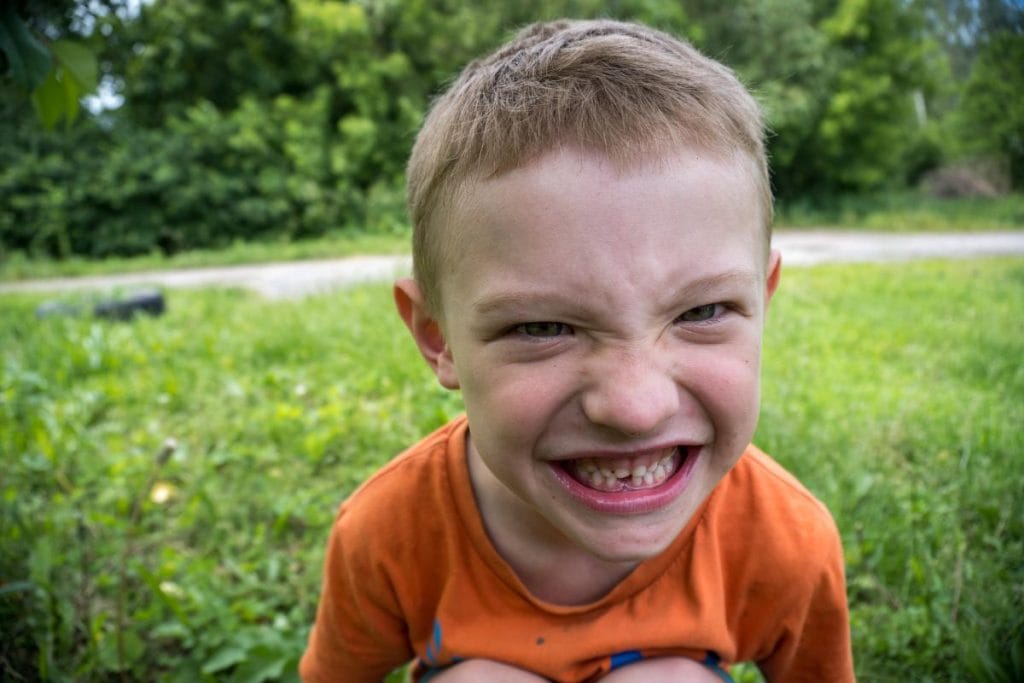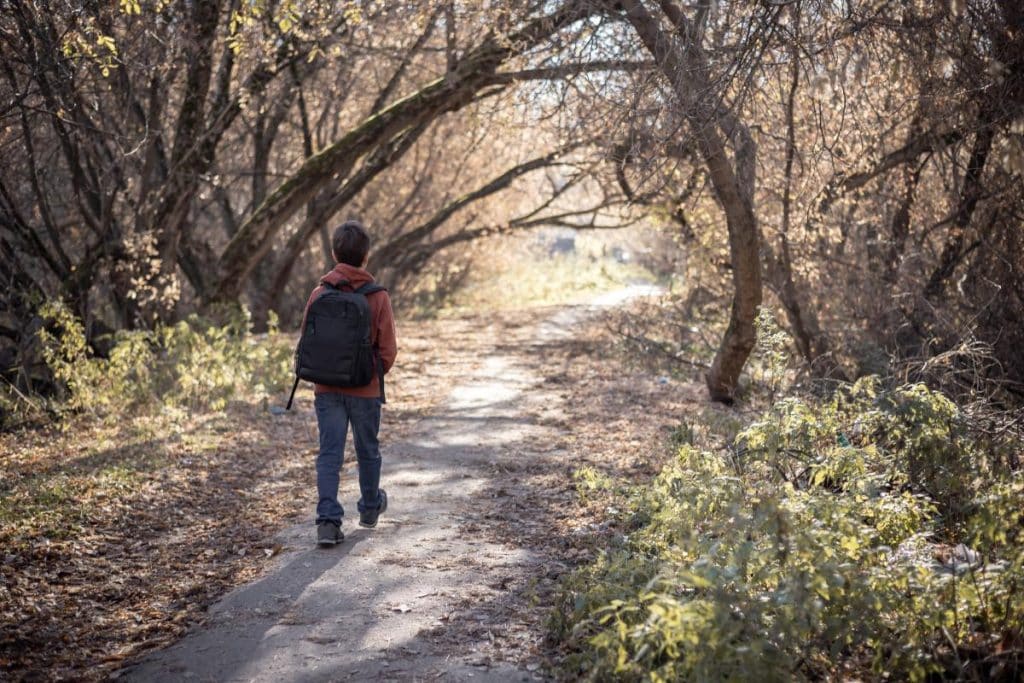Children with ADHD often struggle to manage their emotions and stay calm in various situations. Parents and caregivers can play a key role in helping these children develop effective relaxation techniques at home. Implementing simple strategies can greatly reduce anxiety, improve focus, and promote overall well-being for children with ADHD.
Relaxation techniques not only help children with ADHD regain control during stressful moments but also teach them valuable self-regulation skills for life. By incorporating these methods into daily routines, parents can create a supportive environment that nurtures their child’s emotional growth and enhances their ability to cope with ADHD symptoms.

Learning how to help a child with ADHD at home is imperative for parents and caregivers. With the right approach, these relaxation techniques can become useful tools in managing ADHD symptoms for a calmer, more focused child.
The information presented is for educational purposes only and does not constitute medical advice. Always consult with a qualified healthcare provider for personal health matters.
Understanding ADHD in Children
Attention-Deficit/Hyperactivity Disorder (ADHD) is a complex neurodevelopmental condition that affects children’s behavior, learning, and social interactions. It presents unique challenges for both children and their families.
Key Symptoms and Diagnosis
ADHD manifests through three primary symptom clusters: inattention, hyperactivity, and impulsivity. Inattention involves difficulty staying focused, following instructions, and organizing tasks. Hyperactivity presents as excessive movement, fidgeting, and talking. Impulsivity appears as hasty actions without consideration of consequences.
Diagnosis requires a comprehensive evaluation by healthcare professionals. They assess symptom severity, duration, and impact across multiple settings. Children must exhibit symptoms for at least six months and in two or more environments, such as home and school.
Common ADHD symptoms include:
- Frequent daydreaming
- Losing items regularly
- Difficulty sitting still
- Interrupting others
- Trouble following multi-step instructions
Impact on Daily Functioning
ADHD significantly affects a child’s daily life and activities. Academic performance often suffers due to difficulties with sustained attention and task completion. Children may struggle to follow classroom rules, complete homework, or participate in group activities.
Social relationships can be challenging. Impulsive behaviors and difficulty reading social cues may lead to conflicts with peers. Children with ADHD might struggle to take turns, share, or respect personal boundaries.
At home, routine tasks like getting ready for school or bedtime can become major hurdles. Parents often report increased stress and frustration managing their child’s behavior and meeting their unique needs.
The Role of Stress and Emotional Dysregulation
Children with ADHD often experience higher levels of stress and emotional dysregulation. They may have trouble managing strong emotions, leading to outbursts or meltdowns. Stress can exacerbate ADHD symptoms, creating a cycle of increased difficulties and emotional responses.
Factors contributing to stress include:
- Academic pressures
- Social challenges
- Sensory sensitivities
- Difficulty with transitions
Emotional dysregulation in ADHD can manifest as:
- Rapid mood swings
- Intense reactions to minor frustrations
- Difficulty calming down after excitement
ADHD treatment often includes strategies to help children recognize and manage their emotions. Techniques such as mindfulness, deep breathing, and cognitive-behavioral therapy can be effective in improving emotional regulation skills.
Effective Relaxation Strategies at Home
Parents can implement several effective techniques to help ADHD children calm down at home. These strategies focus on physical and mental relaxation, structured activities, and engaging with nature.
- Deep Breathing and Progressive Muscle Relaxation
Deep breathing exercises can quickly reduce stress and anxiety in some ADHD children. Teach them to take slow, deep breaths, counting to four on the inhale and four on the exhale. This simple technique can be practiced anywhere, anytime.
Progressive muscle relaxation involves tensing and relaxing different muscle groups. Start with the feet and work up to the head. Guide the child to tighten each muscle group for 5 seconds, then release and relax for 10 seconds.
Combine these techniques by having the child breathe deeply while focusing on relaxing their muscles. This dual approach can enhance the calming effect and improve body awareness.
- Integrating Mindfulness and Exercise
Mindfulness practices help ADHD children focus on the present moment. Start with short, guided meditations designed for kids. Use apps or videos that offer age-appropriate mindfulness exercises.
Physical activity is crucial for ADHD symptom management. Incorporate regular exercise into the daily routine. This can include:
- Yoga poses for kids
- Dance breaks
- Jumping jacks
- Obstacle courses in the backyard
Combine mindfulness with movement through activities like mindful walking. Encourage the child to focus on each step, noticing how their feet feel as they touch the ground.
- Creating Structure with Behavioral Therapy
Behavioral therapy techniques can be adapted for home use to create a calming structure. Implement a token system where children earn rewards for completing tasks or demonstrating calm behavior.
Create a visual schedule using pictures or symbols to outline daily activities. This helps reduce anxiety about what comes next and provides a sense of control.
Use timers for activities to help with time management. Set clear expectations for behavior during different parts of the day. Consistency is key in reinforcing positive behaviors and reducing stress.

- Nature and Scavenger Hunts for Engagement
Spending time in nature can have a calming effect on ADHD children. Plan regular outdoor activities like:
- Nature walks
- Gardening
- Cloud watching
Create outdoor scavenger hunts to engage their senses and focus their attention. Make lists of items to find, such as:
- 3 different types of leaves
- Something smooth
- A Y-shaped twig
- A feather
Indoor scavenger hunts can be equally effective on rainy days. Hide small objects around the house and provide clues for finding them. This activity combines problem-solving with physical movement, helping to channel excess energy.
Relaxation techniques can be wonderful tools for children with ADHD to manage their symptoms at home. Deep breathing, progressive muscle relaxation, guided imagery, mindfulness, and physical activities offer effective ways to reduce stress and improve focus. Parents play a pivotal role in helping their children learn and practice these techniques regularly. With patience and consistency, these strategies can significantly enhance a child’s ability to self-regulate and find calm in the thick of the challenges of ADHD.
